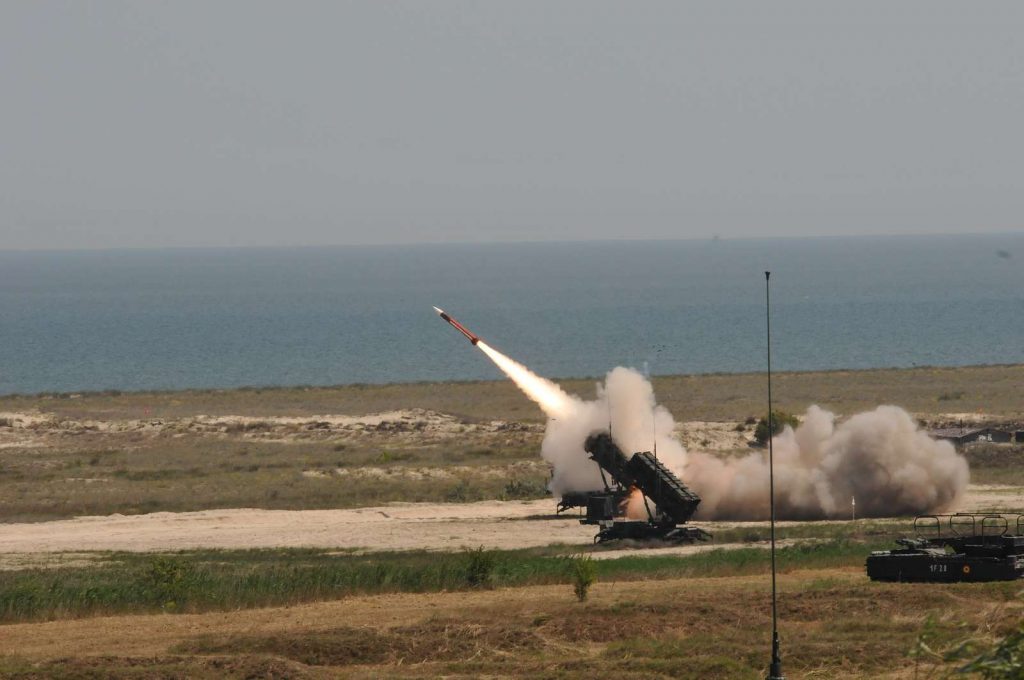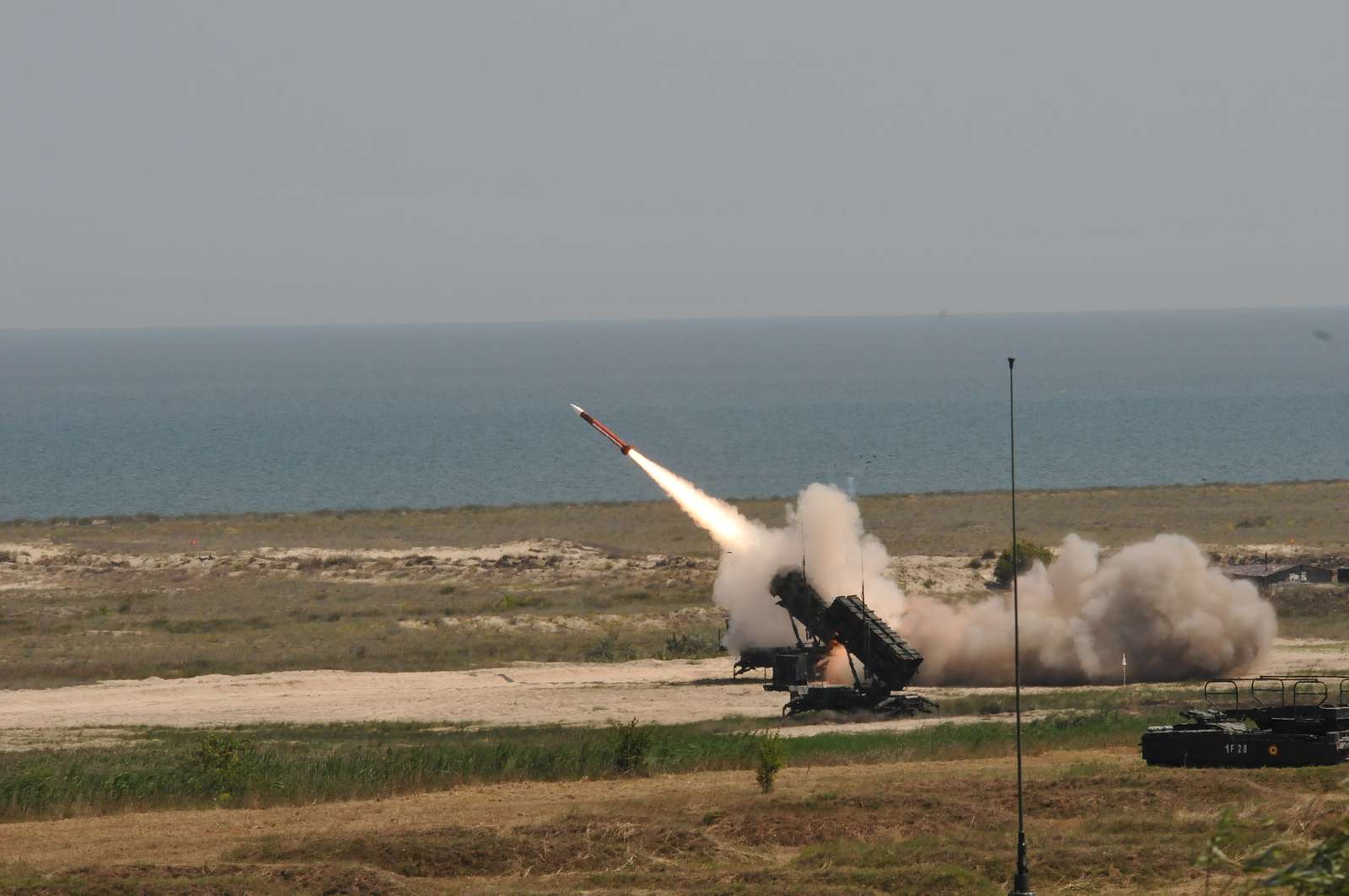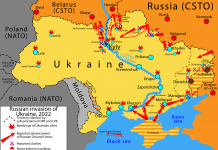
Poland is making waves in the defense sector with an ambitious new project that could reshape the regional balance of power. As NATO countries work to modernize their military capabilities in response to Russian aggression, Warsaw is making a bold move by developing its first-ever ballistic missile. Though still in the early stages, this initiative could have far-reaching consequences, garnering attention well beyond Eastern Europe.
The Polish Armaments Group (Polska Grupa Zbrojeniowa) is leading the project, which aims to create a three-stage rocket capable of carrying payloads weighing up to 40 kilograms and reaching altitudes of over 100 kilometers. While the program is currently focused on research, it represents a significant step toward Poland establishing itself as a serious player in advanced missile technology.
The missile’s development is supported by $23 million from the European Regional Development Fund and is being managed by Wojskowe Zakłady Lotnicze No. 1. The project’s immediate goal is to advance research, but its broader implications suggest a much larger strategic ambition. The missile, with its reusable components and solid-fuel propulsion system, could eventually evolve into a potent weapon system.
The solid-fuel engine at the heart of the missile, measuring 1.79 meters in length and weighing 148 kilograms when fueled, generates a maximum thrust of 39,500 Newtons, with a total impulse of 251,000 Newton-seconds. This capability is sufficient for research payloads and may serve as a foundation for more advanced systems in the future.
The missile’s scalability is particularly noteworthy. Although designed for research purposes, it could be adapted into a versatile missile platform, capable of fulfilling a range of military needs. With cutting-edge propulsion technology, modular components, and reusability, this system could serve as the backbone for Poland’s missile capabilities.
Poland has demonstrated a strong commitment to defense modernization, and this project is in line with its strategy to become a regional military leader. As NATO strengthens its eastern defenses, Warsaw’s ambitions are clear. What begins as a research project could ultimately evolve into a critical component of Poland’s strategic deterrence capabilities.
This missile program is more than just a technological leap — it is a statement of Poland’s commitment to its national security and its growing role within NATO. The question now is how Poland will develop and deploy this technology in the years to come. Could this project become a game-changer in Eastern Europe’s strategic landscape, or is it merely the first step toward an even more ambitious military future? Regardless, Poland is signaling its intent to reduce its reliance on foreign military systems.
Though still in development, Poland’s first domestically developed ballistic missile has the potential to reshape the region’s security dynamics. Since Russia’s annexation of Crimea in 2014, Poland has been rapidly strengthening its defense capabilities, and this missile program has become a central element of that strategy.
Alongside major acquisitions like South Korea’s K2 tanks, FA-50 fighter jets, and American HIMARS rocket systems, Poland’s missile program underscores its determination to establish itself as a leading force in military innovation. While still in the early stages, this project is drawing comparisons to Russia’s Iskander missile system, known for its advanced maneuverability and range, making it a significant threat to NATO forces.
Currently, Poland’s three-stage rocket is viewed primarily as a research tool with limited capacity and range, but its potential should not be underestimated. If successful, Poland could develop missile systems that complement NATO’s existing defenses and meet regional needs. As Western allies focus on high-tech defense systems like the U.S. Patriot and THAAD, Poland’s missile program could provide a fresh and valuable layer to NATO’s defense strategy — a message that Warsaw is eager for Moscow to hear.





